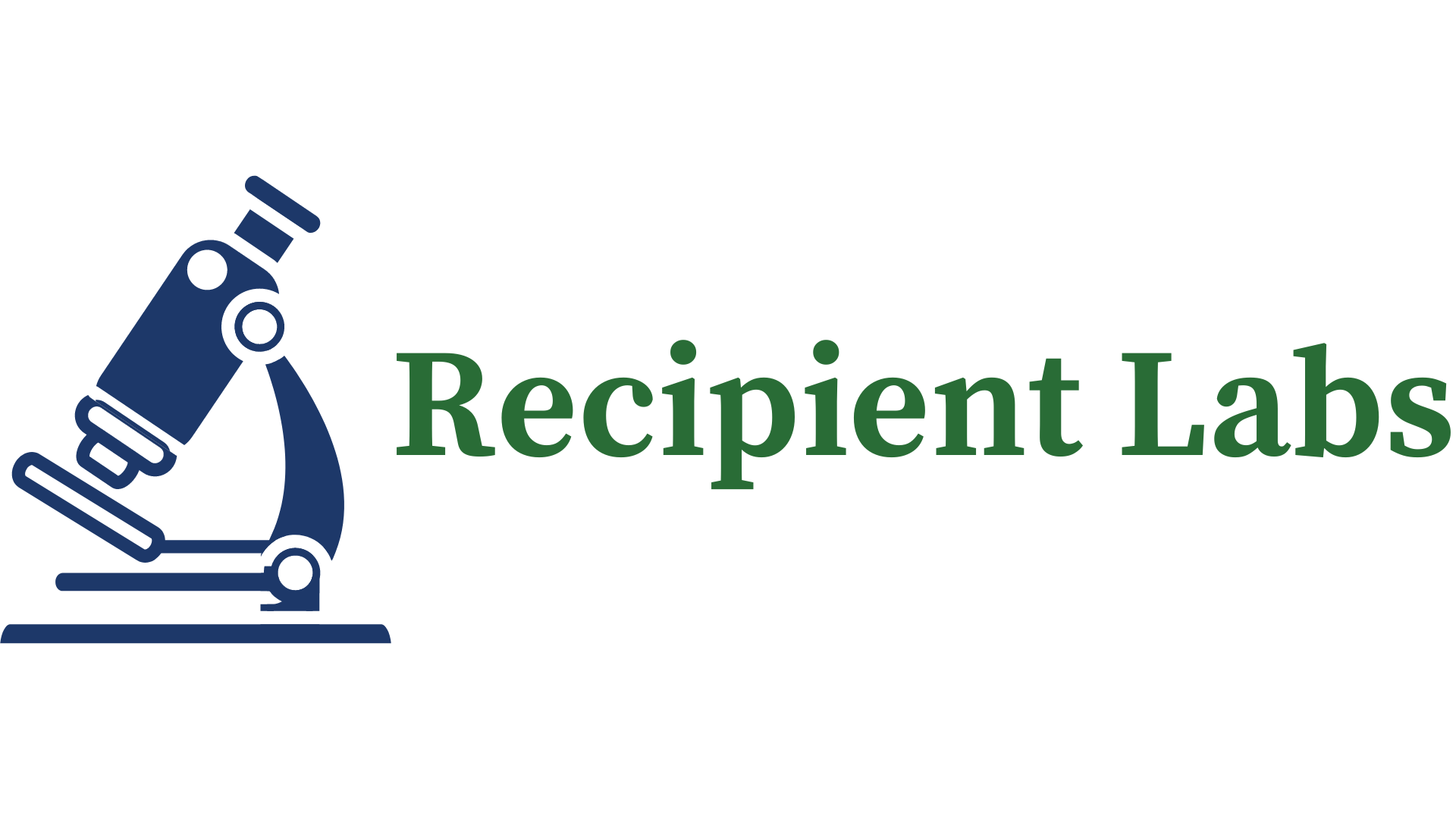Recently I was watching a TEDx speech video with a client of mine. The speaker was a designer with a doctorate from MIT, talking about research he’s doing into innovative mechanical solutions. Here’s the video:
Neither my client nor I liked the speech. We both came away with a vague feeling that the speaker was missing an opportunity.
A lot of TEDx speeches tend to be structured like this: “We did this, and it was cool. And then we did this, and it was cool. And then we did this, and it was cool.”
That’s great if your audience is already like you. If they are like you, they already know what problem you are trying to solve, and they already understand why your approach is special.
But most people aren’t like you, so they don’t understand why your approach is special. If all you do is tell them that you did some stuff you thought was interesting, they’re not going to know how to apply your way of thinking to their own lives.
So what opportunity was the speaker missing? He was missing the opportunity to send hundreds of people home thinking, “Wow, I like the way that guy thinks, I could apply his learning to my own life.”
All he had to do was start his speech with the question, “How do we interact with the world, and can we make it better?” and then everyone in the audience would know why he was talking about magnetic shoe displays and moveable knobs on neon tables.
Then he ends his speech with a vaguely puzzling image of two coffee cups on a wooden table. In my opinion, if he combined that image with closing words like “After all that work, the best we can come up with is probably something we already have,” his ending wouldn’t be weak anymore. The people in his audience who AREN’T techie designers from MIT would walk out of his speech thinking, “Wow, that guy had an interesting perspective on life,” not, “Who was that guy, and what was he trying to say?”



